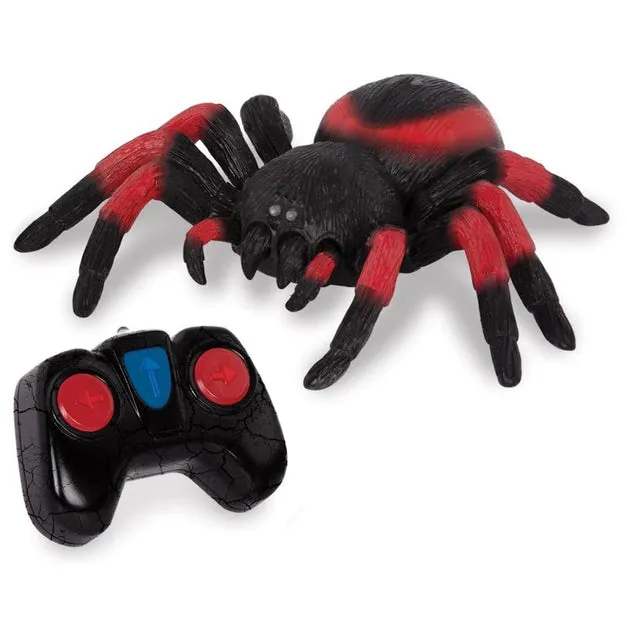What is the Tarantula RC Drone
The Tarantula RC Drone is a popular quadcopter designed for beginners, offering an accessible entry point into the world of drone flying. Known for its user-friendly design, the Tarantula RC Drone features durable construction, making it resilient to minor crashes and bumps, ideal for new pilots still learning the ropes. Its lightweight frame contributes to easier handling and maneuverability, perfect for both indoor and outdoor environments, weather permitting. Furthermore, these drones often include features like headless mode and one-key return, which simplify the flying experience and provide added safety measures for beginners who may still be developing their navigation skills. The Tarantula RC Drone usually comes equipped with basic cameras, allowing users to capture aerial photos and videos, adding another layer of enjoyment for recreational use.
Understanding the Tarantula RC Drone Components
Understanding the components of your Tarantula RC Drone is essential for successful operation and maintenance. The main parts include the quadcopter frame, which houses the electronic components and motors. Each motor is connected to a propeller, responsible for generating lift and thrust, enabling the drone to fly. The drone also includes a flight controller, the brains of the operation, managing the drone’s movements based on commands from the remote control. The battery provides the necessary power to the motors and electronics, with flight times varying depending on the model and battery capacity. Most Tarantula drones also have a camera, either integrated or as an optional attachment, which captures photos and videos. Lastly, the landing gear provides a stable base when the drone is on the ground, protecting the propellers and other delicate parts.
The Transmitter and Controls
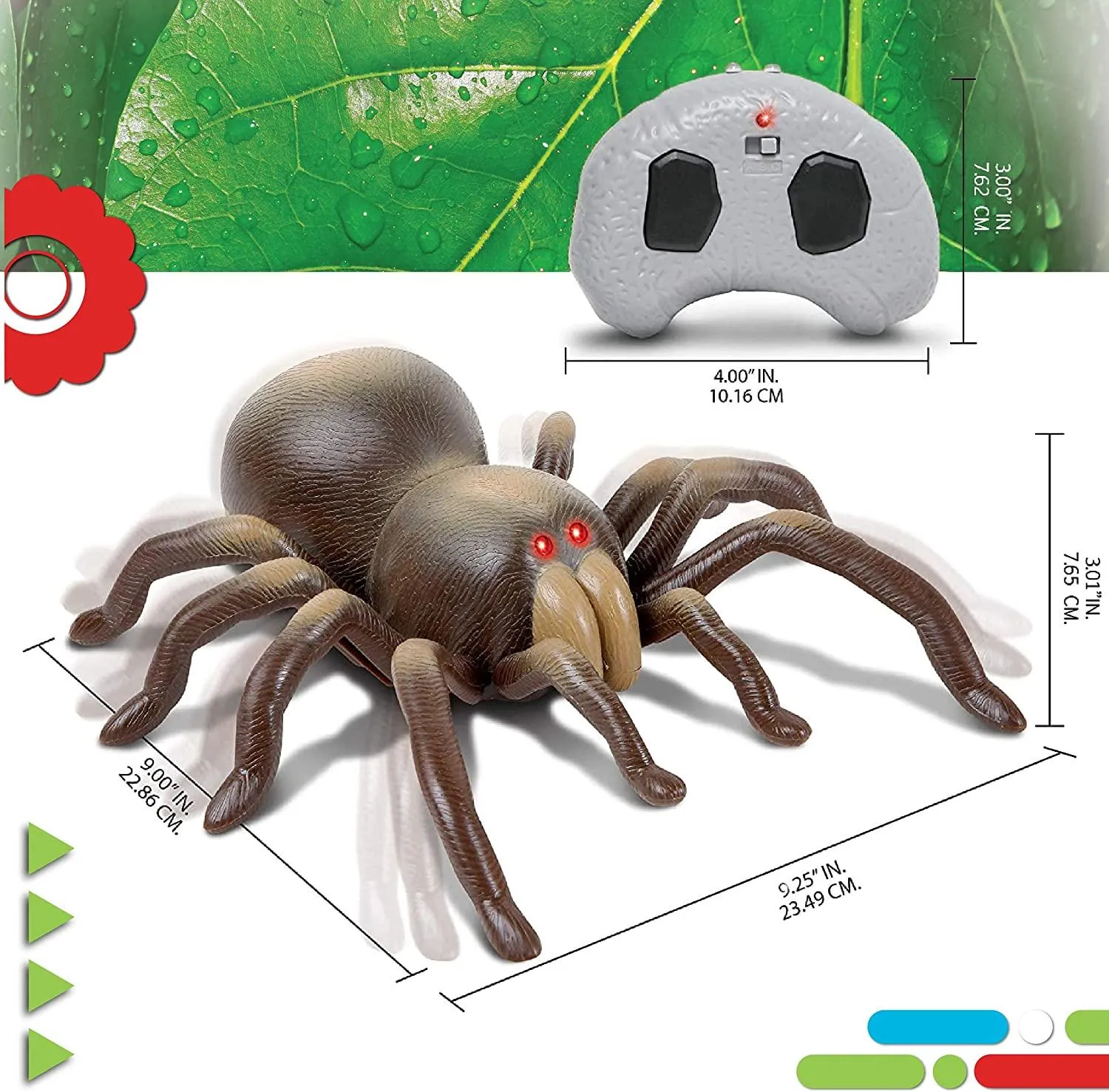
The transmitter, or remote control, is your primary tool for controlling the Tarantula RC Drone. The transmitter typically features two control sticks and several buttons, each serving a specific function. The left stick usually controls the drone’s throttle (up and down) and yaw (rotation around its vertical axis), while the right stick controls the pitch (forward and backward) and roll (left and right). Additional buttons often include controls for headless mode, one-key return, and camera operation. Understanding the functions of each control is key to safe and enjoyable flight. Before your first flight, familiarize yourself with the transmitter layout and practice each control motion. Some transmitters have a display showing battery life, signal strength, and other relevant information. Proper use of the transmitter allows you to command the drone for a smooth flight.
Preparing for Your First Flight
Before your maiden voyage with the Tarantula RC Drone, a few preparatory steps ensure a safer and more successful flight. First, inspect the drone for any visible damage, such as cracked propellers or loose components. Ensure all propellers are securely attached. Choose an open space, free from obstacles like trees, power lines, and buildings, where the drone can fly without obstruction. Clear the area of people, pets, and other objects that could potentially interfere with the drone’s flight. Once you have an appropriate location, check the weather conditions: avoid flying in strong winds, rain, or extreme temperatures, as these can significantly impact the drone’s performance and stability. With these preliminary checks completed, you can proceed with charging the battery and calibrating the drone.
Charging the Drone Battery
Properly charging your Tarantula RC Drone battery is crucial for optimal performance and longevity. Most Tarantula drones use Lithium Polymer (LiPo) batteries, which require specific charging procedures to prevent damage or safety hazards. Typically, a charger comes with the drone; use this charger only. Do not use any other charger. Before charging, make sure the battery and charger are in good condition, without any signs of damage or swelling. Connect the battery to the charger, following the instructions provided in the drone’s manual. Charging times can vary depending on the battery capacity, but it is generally advised not to leave the battery charging unattended for extended periods. Once the battery is fully charged, disconnect it from the charger, and allow it to cool down before inserting it into the drone.
Calibrating the Drone
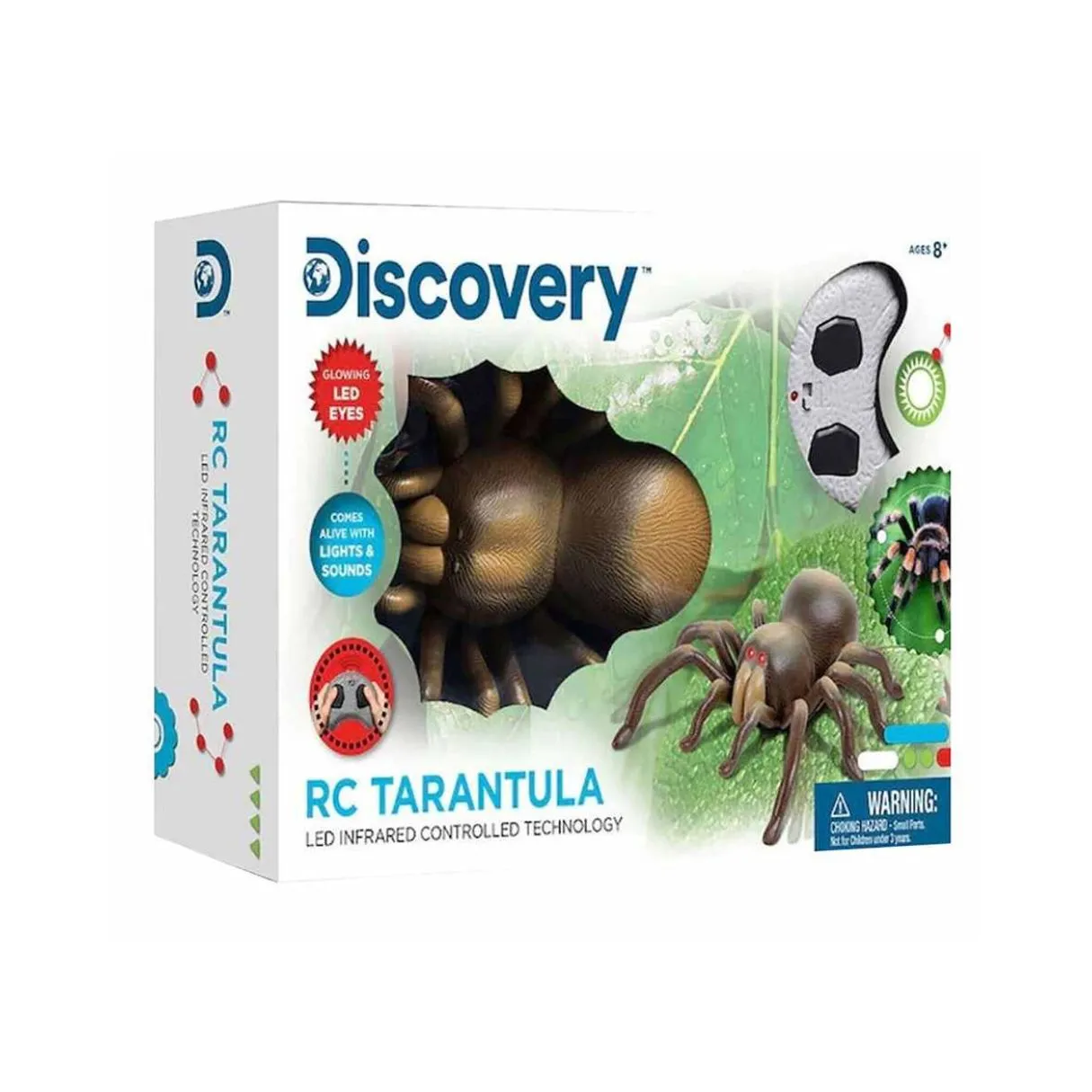
Calibrating your Tarantula RC Drone is a critical step that ensures the drone’s sensors and flight controller are properly aligned, leading to stable and responsive flight. Calibration is usually required before your first flight and occasionally after a crash or after prolonged storage. The calibration process varies slightly depending on the model of the drone, but it typically involves the following steps. Power on the drone and the remote control. Place the drone on a level surface. Initiate the calibration sequence by following the instructions in the user manual, which might involve moving the control sticks in a specific pattern. The drone’s lights will usually flash or change color during the calibration process, indicating the completion. Once calibrated, the drone is ready for takeoff. Calibrating regularly can help to address drift and improve overall flight performance.
Flying the Tarantula RC Drone
Flying your Tarantula RC Drone is an exciting experience, but requires practice and patience, especially for beginners. Before launching, ensure the drone and remote are powered on and connected, and the drone is properly calibrated. Place the drone on a flat surface, and gently push the throttle stick (usually the left stick) upward to increase the drone’s altitude, allowing it to lift off. Use the control sticks to navigate the drone: the right stick will control the pitch (forward and backward) and roll (left and right), and the left stick will control the yaw (rotation) and throttle (altitude). Start with basic movements, like hovering and slowly moving in different directions. Keep the drone within your line of sight and maintain a safe distance, and be mindful of your surroundings, including wind conditions and potential obstacles. Gradually increase the complexity of your maneuvers as your confidence grows.
Basic Flight Maneuvers
Once you’re comfortable with the basic controls, you can explore more advanced flight maneuvers. Practicing these maneuvers will improve your piloting skills and provide a more enjoyable flying experience. Hovering is the foundation of flying, and involves maintaining the drone’s position in mid-air without drifting. Practice controlling altitude and yaw to master hovering in place. Moving forward, backward, left, and right is essential for navigation. Use the right stick to control these movements, practicing smooth transitions between directions. Turning involves yawing the drone by rotating around its vertical axis, useful for changing direction and maintaining orientation. Combine these movements for a more fluid flight path. Finally, practice coordinated turns, a combination of roll and yaw, to maneuver the drone around obstacles or to create a more dynamic flight path.
Troubleshooting Common Issues
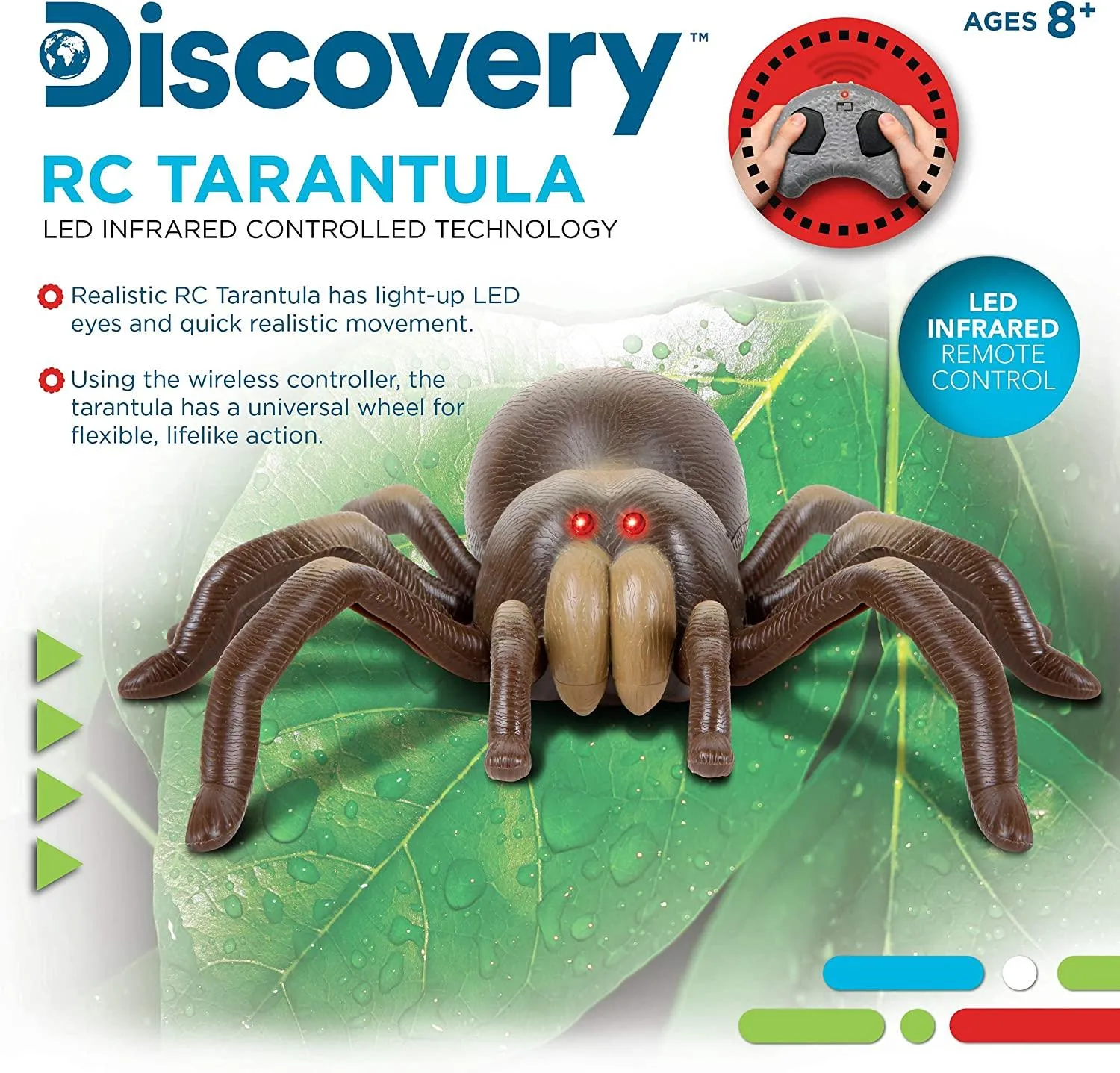
Encountering problems while flying your Tarantula RC Drone is a part of the learning process, but many issues are easily resolved. Common problems can occur, and knowing how to diagnose and address these will save time and frustration. If the drone does not take off, double-check the battery connection, the propellers are installed correctly, and that the remote control is properly linked to the drone. If the drone drifts or is unstable, recalibrate the drone. If the drone spins uncontrollably, check the propellers, and ensure each motor spins freely. If the drone fails to respond to your commands, ensure the remote control batteries are fresh and there’s no interference. Consult the drone’s manual for detailed troubleshooting steps, and don’t hesitate to seek help from online forums or the manufacturer’s support if needed.
Drone Doesn’t Power On
If the Tarantula RC Drone doesn’t power on, begin by checking the battery. Make sure the battery is properly connected to the drone and fully charged. Ensure that the power switch on the drone is in the “on” position. Also, check the remote control and the controller’s battery. Verify the remote control is also powered on, and that its batteries are good. Inspect the drone and remote for any physical damage, like loose connections or damaged switches. If all these checks are okay, but the drone still won’t turn on, it might be a more serious issue, possibly with the electronics or the motor. In this case, it’s best to consult the user manual or contact customer support for further assistance.
Drone Won’t Connect to Remote
If the drone fails to connect to the remote control, it can prevent you from flying the drone. Start by ensuring both the drone and the remote are powered on. Make sure that the distance between the remote and drone is not too far as the remote control’s range is limited. Then, check if the drone and remote have been properly paired. Pairing instructions are usually provided in the drone’s manual, and the process typically involves turning both devices on and following specific steps. Ensure there are no obstructions, such as buildings or thick vegetation, between the drone and the remote, as these can interfere with the signal. In addition, check for any sources of radio interference, such as other drones, Wi-Fi routers, or microwave ovens, as these may also interfere with the connection.
Propellers Not Spinning
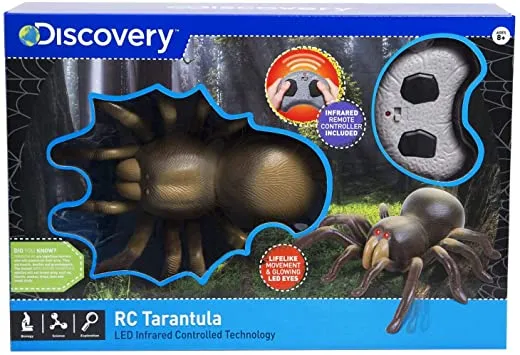
If the drone’s propellers won’t spin, preventing takeoff, several factors could be responsible. Check that the propellers are properly installed and securely attached to the motors. Sometimes propellers might have come loose. Inspect the propellers for any damage, such as cracks or bends, and replace any damaged propellers, because it might prevent them from functioning. Make sure the motors are not obstructed by debris. Ensure the drone’s battery is charged and properly connected. If all the above checks are complete, there may be a problem with the drone’s motors or the flight controller, which might require professional repair.
Maintaining and Caring for Your Drone
Proper maintenance and care of your Tarantula RC Drone will extend its lifespan and keep it functioning at its best. After each flight, inspect the drone for any damage, such as broken propellers, loose parts, or damaged motors. Cleaning the drone after use helps to remove dust and debris. Use a soft brush or a dry cloth to wipe down the drone’s frame and propellers. Regularly check the propellers for damage. If you spot any cracks or damage, replace them immediately. Store the drone in a cool, dry place, away from direct sunlight, and extreme temperatures. Avoid storing the drone with the battery connected for extended periods. Proper maintenance and handling of your drone will ensure it is ready for your next flight.
Battery Care and Storage
Proper battery care and storage are essential for the safety and performance of your Tarantula RC Drone. Following these guidelines, you will maximize your battery’s lifespan. Never overcharge the battery, and always use the charger that came with your drone. Always disconnect the battery from the charger when it’s fully charged. Avoid leaving the battery charging unattended. When storing LiPo batteries, it is advisable to keep them at approximately half charge. Avoid storing them fully charged or completely discharged. Store your batteries in a cool, dry place away from sunlight and heat. Regularly inspect the battery for any signs of swelling, damage, or leakage. If you notice any damage, dispose of the battery responsibly.
Cleaning and Storage

Cleaning and storing your Tarantula RC Drone correctly will help keep it in good condition and ready for your next flight. After flying, particularly outdoors, dust and debris can accumulate. Use a soft brush or dry cloth to remove any dirt or dust from the drone’s body, motors, and propellers. Check for any debris trapped in the motors. Keep the drone away from water. Ensure the drone and all components are completely dry before storage. When the drone isn’t in use, store it in a cool, dry location, away from direct sunlight and extreme temperatures. Remove the battery from the drone before storing it. Consider using a storage case to protect the drone from dust, scratches, and other potential damage.
By following these instructions, you will be able to fly your Tarantula RC Drone safely and enjoyably. Always prioritize safety, be mindful of your surroundings, and practice good maintenance to maximize the life of your drone and have a great time.
